Historically, South Chennai has been a massive floodplain, comprised predominantly of the Pallikaranai marsh and its satellite wetlands with intermittent patches of scrub forests. Remnants of these forests are seen in protected campuses of the Theosophical society, the Indian Institute of Technology, Guindy National Park and the Nanmangalam Reserve Forest to the south of the city. Spread over 2.7 square kilometre, the Guindy National Park (GNP), a slice of coastal thorny scrub is a haven of quiet, amidst the bustling metropolis that envelopes it on all sides.
Chennai’s forests
The Chennai Forest Circle, which comprises the districts of Chennai, Chengalpattu and Tiruvallur is blessed with three out of the nine major forest types of the State–tropical dry deciduous, tropical dry thorn scrub and tropical dry evergreen.
Before this forest patch in Guindy was declared as a National Park in 1978, it was part of the elaborate Guindy Lodge, the official country residence of the erstwhile Governor of Madras and now the official residence of the Governor of the state of Tamil Nadu, the Raj Bhavan. GNP was originally a mix of tropical scrub and Palmyra dominated thorn woodlands. Over the years it was enriched with native and exotic trees to create the present vegetation structure that resembles a natural forest.
The region’s isolated scrub forests are characterised by the presence of relatively short trees interspersed with grasslands. Scrubs and thickets are most often surrounded by larger trees making the area appear densely vegetated. An abundance of fruit bearing trees and shrubs makes GNP a thriving bird habitat as well.
The Blackbuck (Antilope cervicapra) and the Chital or Spotted Deer (Axis axis) are the predominant faunal elements at the GNP with the latter being introduced into the Park while the Raj Bhavan was being developed; they have now been found to feed and breed in the contiguous IIT-Madras campus as well.
Over the years, close to a hundred and fifty species of birds have been sighted at the GNP which include different species of bee-eaters, bulbuls and sunbirds.
The GNP is not just a critical green lung, but also an excellent space to showcase urban forest conservation. The Park has consistently interested scientists and naturalists for existing as an island of tranquility in the midst of urban congestion and concrete chaos. The Forest Department had developed walking trails within the Park, most of which were destroyed by Cyclone Vardah. One such trail remains, now mostly used by school children to take a tour around the Park.
Since only school students in small batches are currently allowed to enter the GNP, here is a virtual tour for you through our photos:
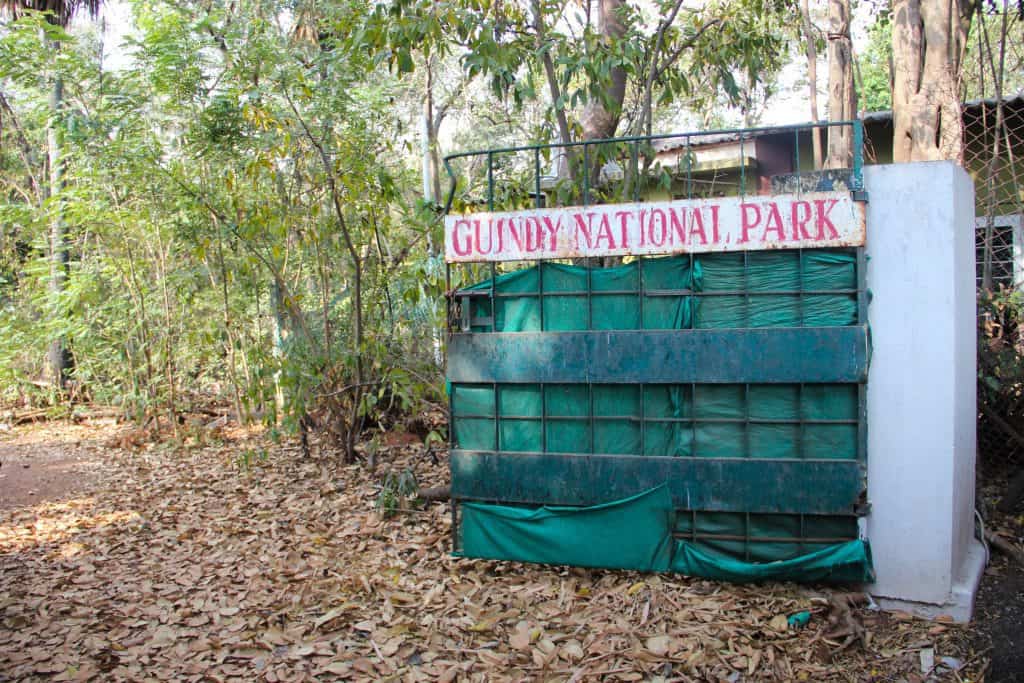
The eighth smallest National Park in the country, the Guindy National Park is a mosaic of woodland, shrubs and grasslands. Over 350 species of plants and 150 species of birds have been recorded here over the years. Twelve species of mammals including the near-threatened Blackbuck and the Golden Jackal call the National Park their home
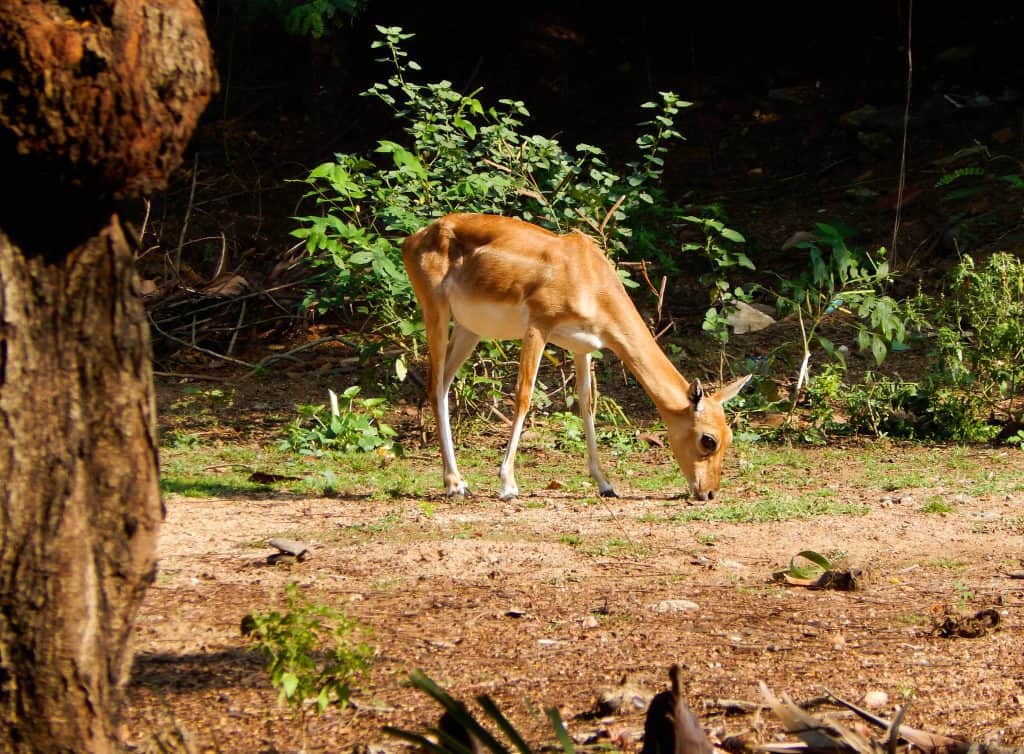
The Blackbuck is currently the sole representative of the genus Antilope and together with the Chital is the umbrella species of the Guindy National Park. The Golden Jackal is currently the Park’s primary predator
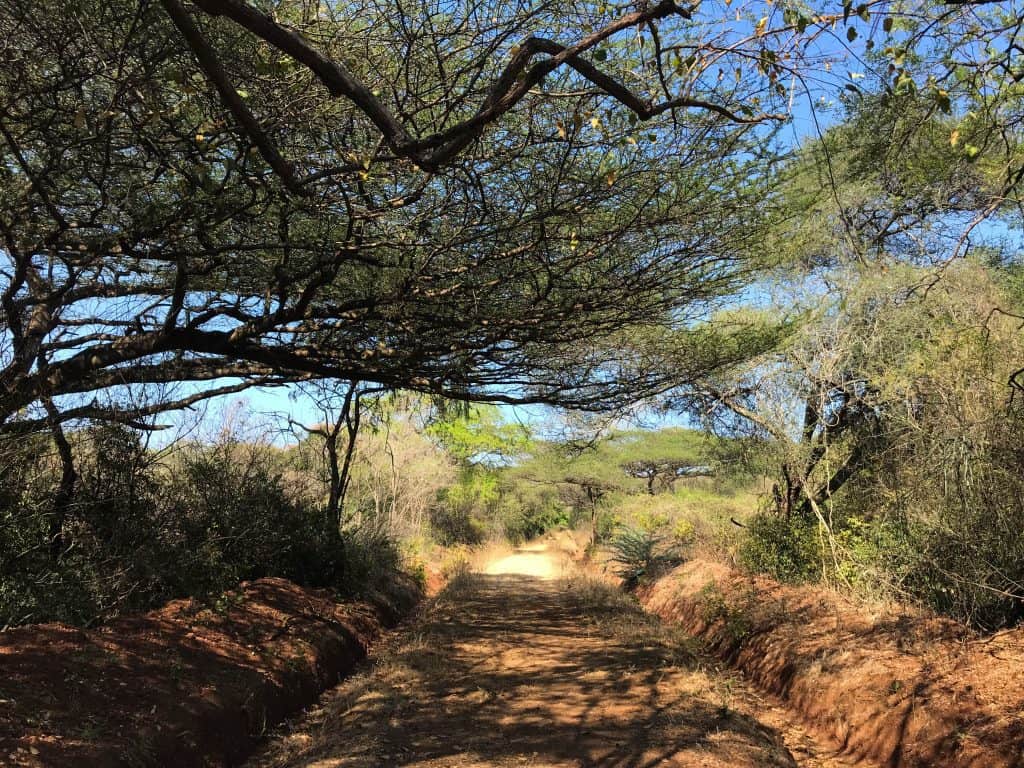
The GNP landscape is typified by tropical scrub vegetation. Acacia planifrons know as the kodai velan in Tamil (kodai meaning umbrella, indicative of its umbrella-shaped canopy) traditionally used as firewood is found in abundance

The sweet-scent of the Ixora brachiata blossoms (Sulundhu in Tamil; Torchwood tree in English) fill the air with the tree in full bloom between the months of March and April in deciduous slopes across the subcontinent

Palmyrah, Borassus flabellifer, the state tree of Tamil Nadu is also the nominate species of the coastal areas. The Palmyrah-dominated scrubland habitat is extremely crucial for the survival of the Blackbuck and other native species of plants and animals

About seven species of indigenous Ficus (collectively known as fig trees to which the Banyan belongs) are found in the campus. These trees serve as the keystone species in the ecosystem on which many other species, mostly avifauna greatly depend on
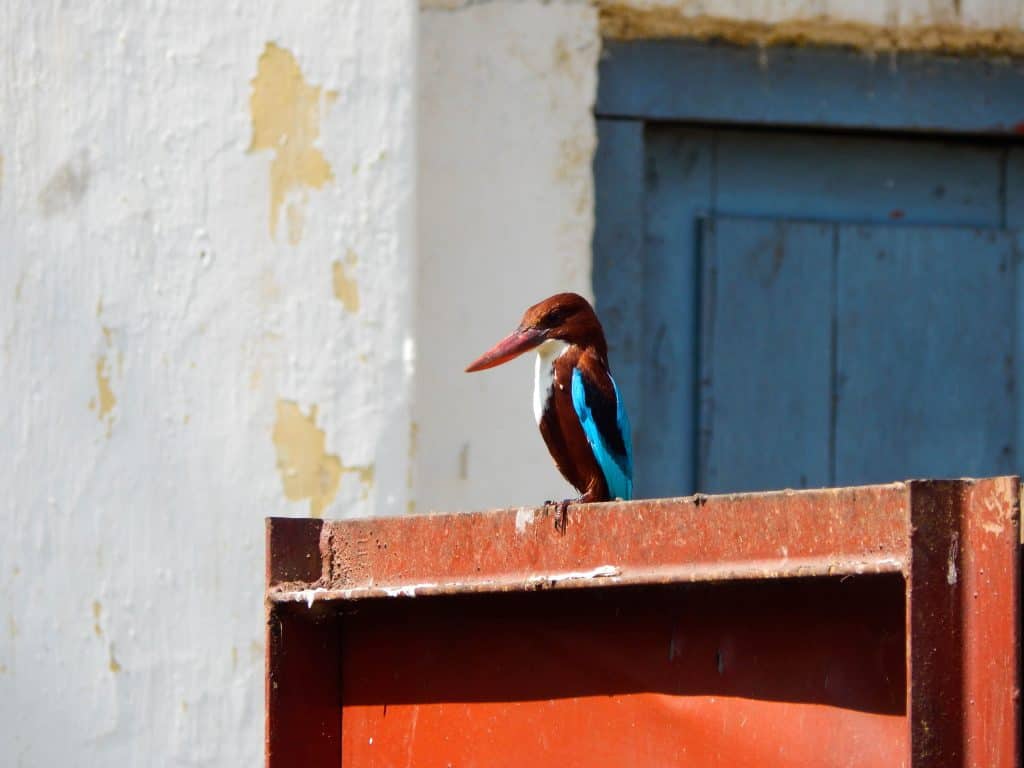
The white breasted kingfisher is commonly seen in the Park, feeding mostly on insects, frogs and sometimes on fish. The bird is brilliantly coloured with a bright blue back, brown lower belly and stunning red beaks.
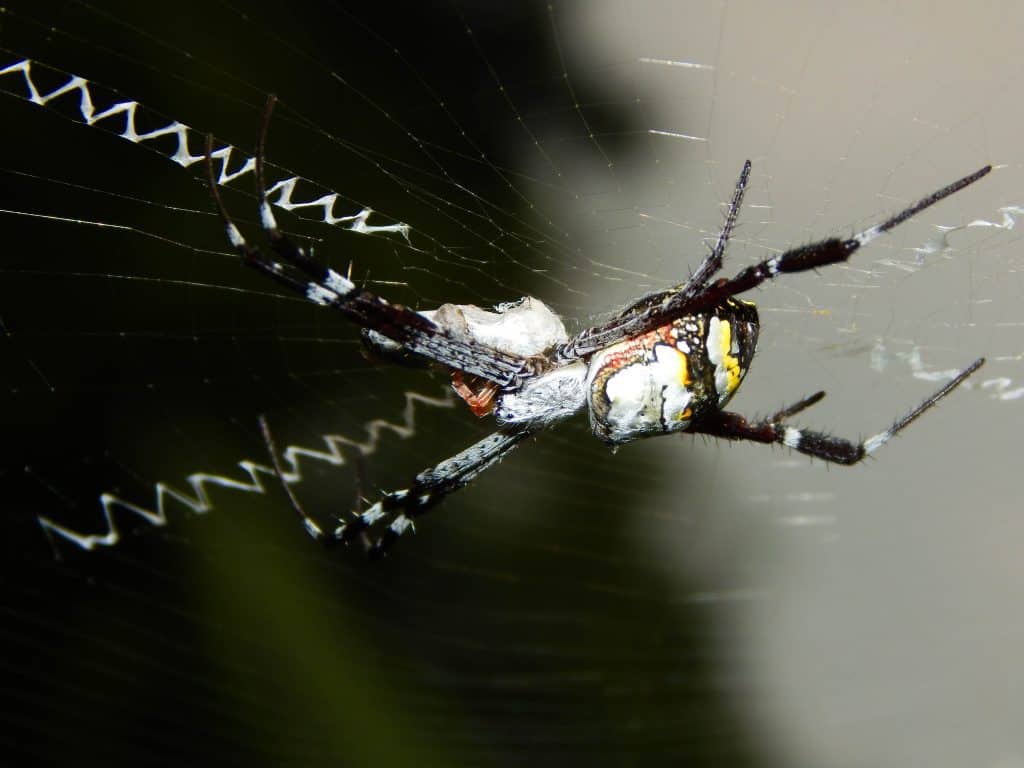
A variety of spiders are found in the Park of which the signature spider is of particular interest. These spiders build decorated webs with strokes which look like signatures, and hence the name. Brilliant red velvet spiders are also commonly seen at the GNP during the rainy season
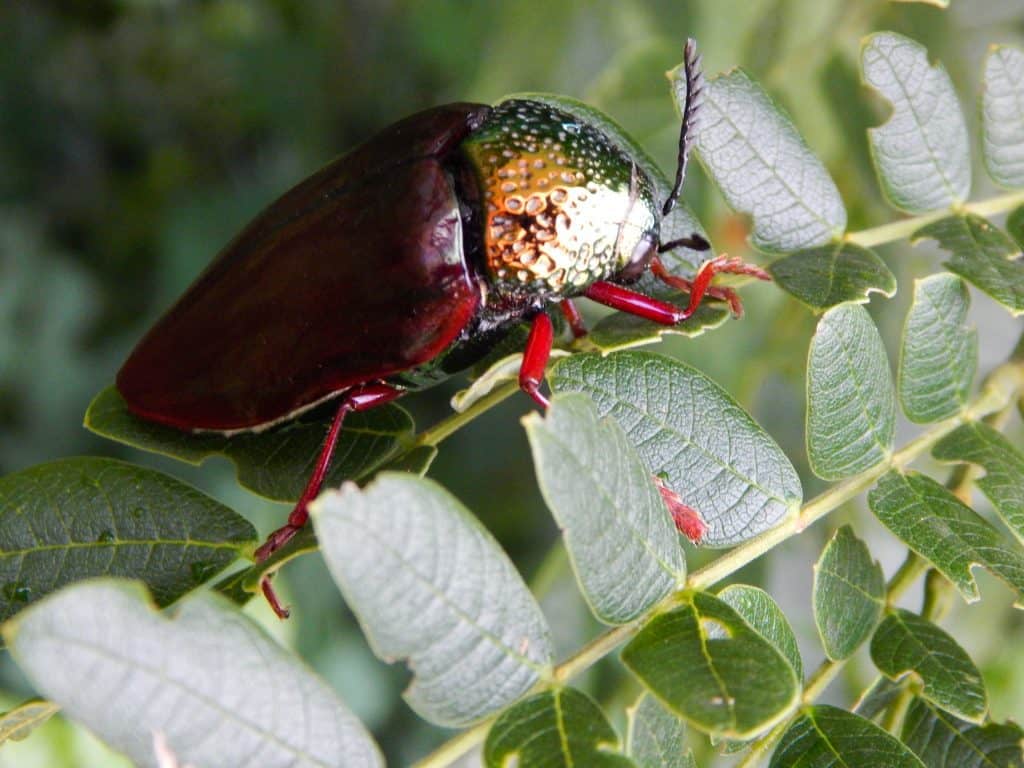
Apart from the macro-fauna, there is a wide variety of invertebrates–termites, worms, crabs, bugs and butterflies. These creatures help in preserving the ecosystem in their own small ways from tilling the soil to pollination and decomposition
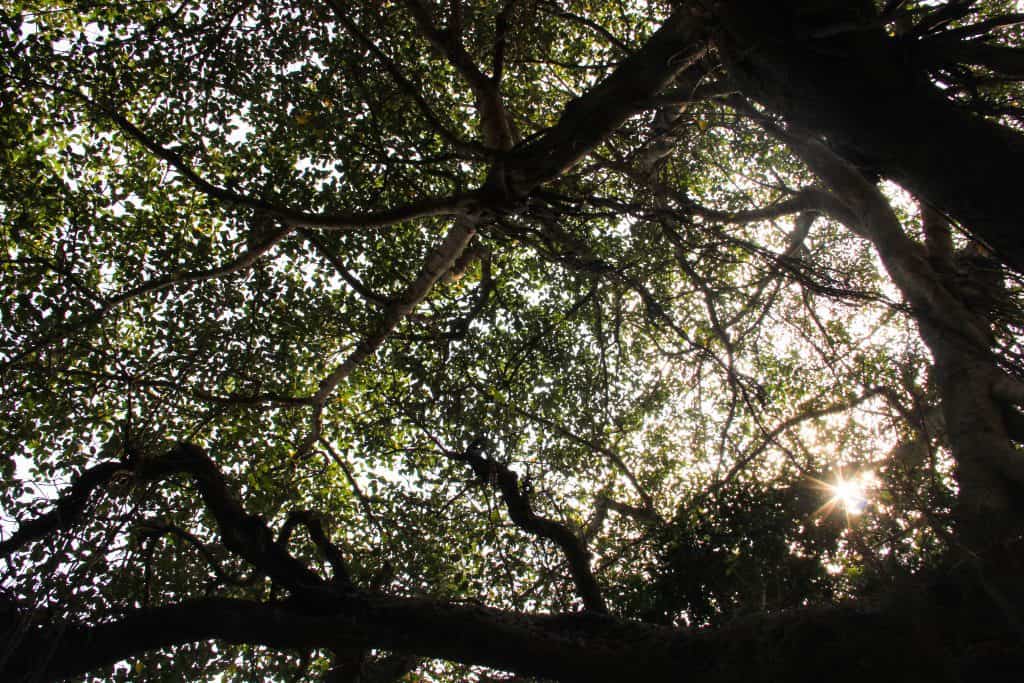
With an amazing plant wealth, the Guindy National Park acts as an excellent green lung and an admirable refugium for local biodiversity
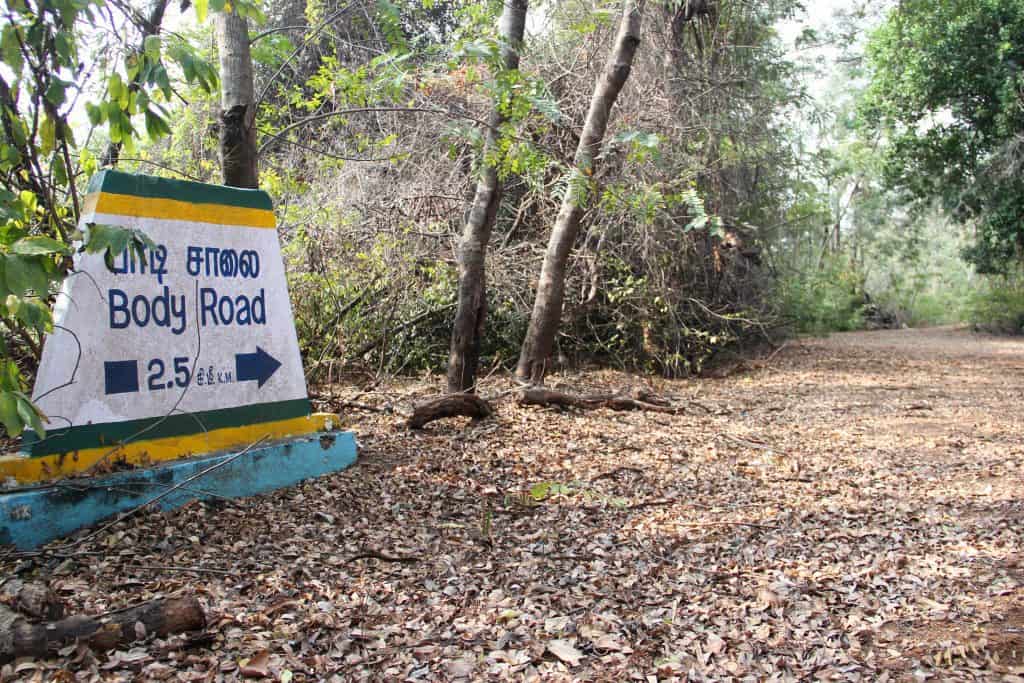
Prior permission needs to be obtained from the Wildlife Warden, Chennai to enter the National Park. Currently, only school students in small batches are being allowed to enter the GNP
References: Developing a water management strategy and action plan in the Guindy National Park; TNFD, 2014; All pictures clicked by Seetha Gopalakrishnan and Vinoth Balasubramanian for Care Earth Trust.
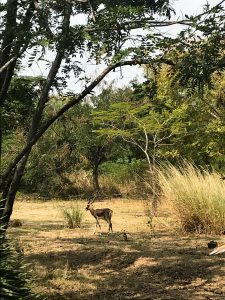
Thanks for a memorable vrtual journey, through the scenic jungle, isolated from the humdrum of city life. Better liked the innocence written large in the tiny birds’eyes,rersembling that of a child !